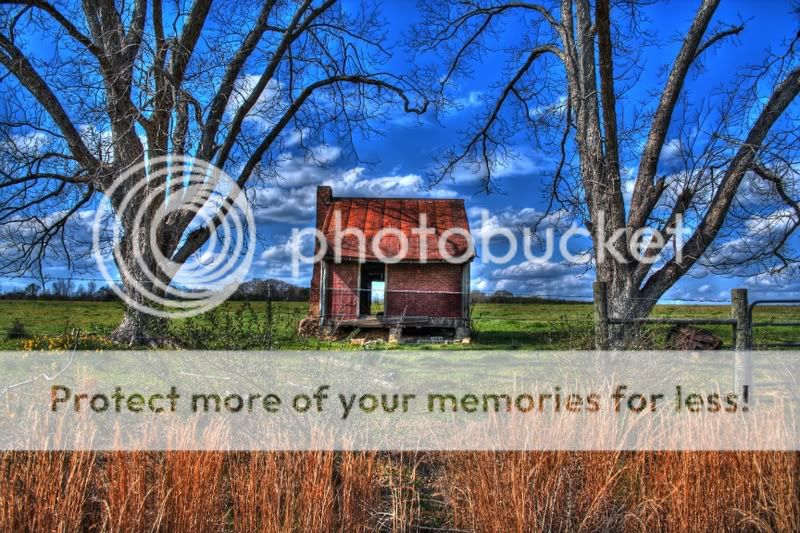High Dynamic Range.
In the best of cases, you take at least three photos of the same thing, with the camera never moving, in three different exposure steps. One photo exposes for the brightest part (which will throw all dark parts into underexposure), one exposes for the midtones ("normal" exposure), and one exposes for the shadow parts (throwing all that is bright into glaring overexposure). You can achieve even better results if you up the odd number of photos you take.
Later, in post processing, you layer all your exposures one above the other, and then comes this (to me still unexplored and therefore kind of "magic") thing of "tone mapping" where you adjust all the newly to be seen highlight and shadow areas so that you end with a very dynamic (with regards to the distribution of the light) picture. "Dynamic" meaning: the range of areas that are correctly exposed is much wider than what the camera could ever manage to do in one photo only.
That is the idea as I understand it.
I don't understand the MAKING-OF HDRs too well so far, though.
I have created a few, and was pleased with ONE, but I often lack both time and patience for them - and my tripod is too sketchy for the "real" HDRs (with three, five, seven or more photos) and I get "where-are-my-glasses" pics in the end, and as I understand it, changing exposure values of a RAW file later in the RAW programme to create three or five different exposures is not considered the "true HDR-technique" ...











![[No title]](/data/xfmg/thumbnail/35/35880-9a6926237907ab72b42781d9a09698a6.jpg?1734167640)




